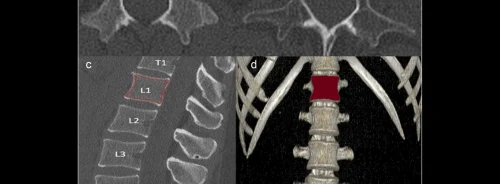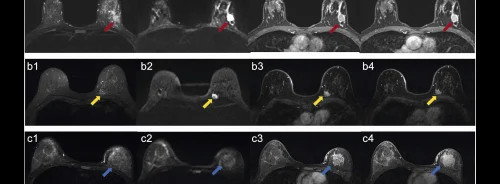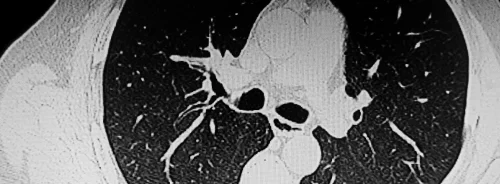Researchers investigated the stabilities of plaque attenuation and coronary lumen for different plaque types, stenotic degrees, lumen densities, and reconstruction methods using coronary vessel phantoms and the visualisation of coronary plaques in clinical patients through coronary computed tomography angiography (CTA). They found that the "FIRST" method controls the increase in plaque density and the lumen-plaque contrast and, consequently, improves the visualisation of coronary plaques in coronary CTA.
CTA with electrocardiogram (ECG) gating is an accurate noninvasive method to evaluate coronary artery disease. Potential applications of coronary CTA require high visualisation of coronary arteries while maintaining radiation dose. In addition, coronary CTA raises concerns regarding evaluations of coronary stenosis and coronary plaque.
Regarding coronary plaque, CT number of coronary plaque varies with the increasing contrast enhancement of coronary lumen owing to partial volume effects, beam hardening, and plaque vascularity. Recently, an algorithm called “forward-projected model-based iterative reconstruction solution” (FIRST) was developed as an iterative method for image reconstructions. FIRST can potentially improve the spatial resolution and CT number because it employs a more accurate model of x-ray physics (considering partial volume effects, beam hardening, etc.), as well as an improved filtered back projection (FBP) method.
In this phantom study, the researchers performed 320-detector volume scanning of vessel tubes with stenosis and a tube without stenosis using three types of plaque CT numbers. The stenotic degrees were 50% and 75%. Images were reconstructed with FBP and two types of iterative reconstructions (AIDR3D and FIRST), with stenotic CT number of approximately 40, 80, and 150 HU (Hounsfield unit), respectively. In each case, the tubing of the coronary vessel was filled with diluted contrast material and distilled water to reach the target lumen CT numbers of approximately 350 HU and 450 HU, and 0 HU, respectively. Peak lumen and plaque CT numbers were measured to calculate the lumen-plaque contrast. In addition, the researchers retrospectively evaluated the image quality with regard to coronary arterial lumen and the plaque in 10 clinical patients on a 4-point scale.
The results showed that, at 50% stenosis, the plaque CT number with contrast enhancement increased for FBP and AIDR3D, and the difference in the plaque CT number with and without contrast enhancement was 15-44 HU for FBP and 10-31 HU for AIDR3D. However, the plaque CT number for FIRST had a smaller variation and the difference with and without contrast enhancement was −12 to 8 HU. The visual evaluation score for the vessel lumen was 2.8 ± 0.6, 3.5 ± 0.5, and 3.7 ± 0.5 for FBP, AIDR3D, and FIRST, respectively.
"The FIRST method tends to decrease the plaque CT number in both cases (50% and 75% stenoses) compared to noncontrast enhancement. This phenomenon may be owing to the effect of used parameter of cardiac sharp in FIRST and the slight undershoot effect appears to preserve the lumen edge," the researchers explained.
The method presented in this study presents some limitations, including that this method does not consider motion in the coronary vessel models; thus, "artefacts derived from the heartbeat are not reproduced by our model," the research team said.
Source: Academic Radiology
Image Credit: Selket
References:
Funama, Yoshinori et al. (2017) Improved Estimation of Coronary Plaque and Luminal Attenuation Using a Vendor-specific Model-based Iterative Reconstruction Algorithm in Contrast-enhanced CT Coronary Angiography. Academic Radiology. doi.org/10.1016/j.acra.2017.02.006
Latest Articles
Coronary Plaque Visualisation, Coronary CTA, computed tomography angiography
Researchers investigated the stabilities of plaque attenuation and coronary lumen for different plaque types, stenotic degrees, lumen densities, and reconstruction methods using coronary vessel phantoms and the visualisation of coronary plaques in clinica






